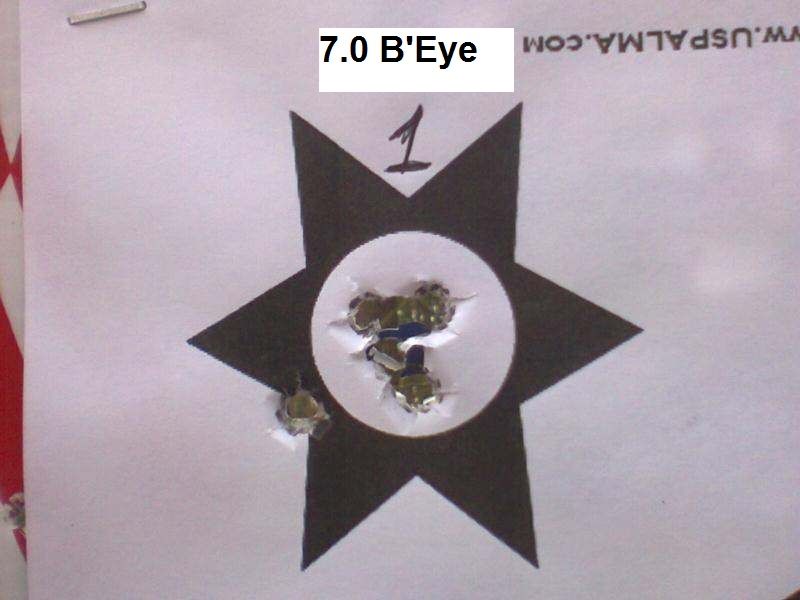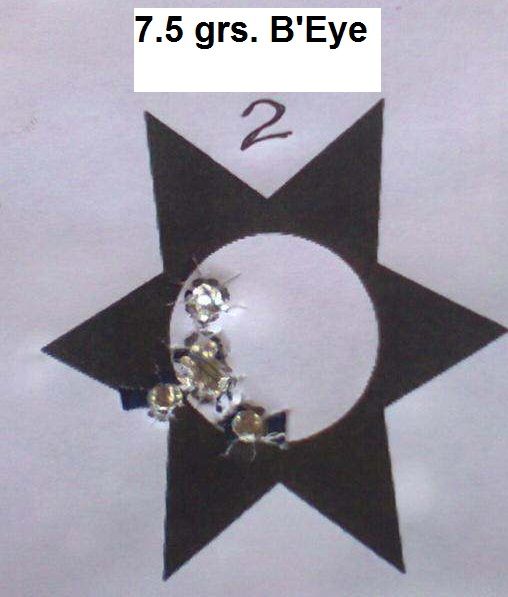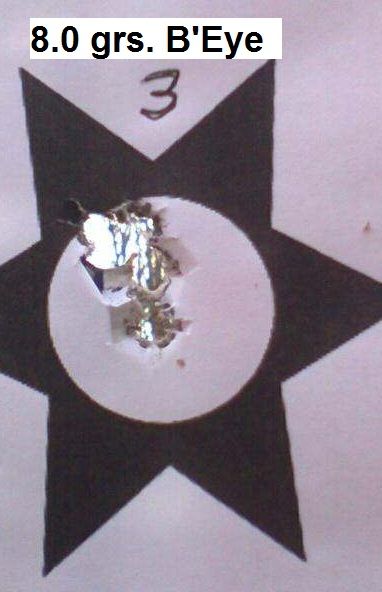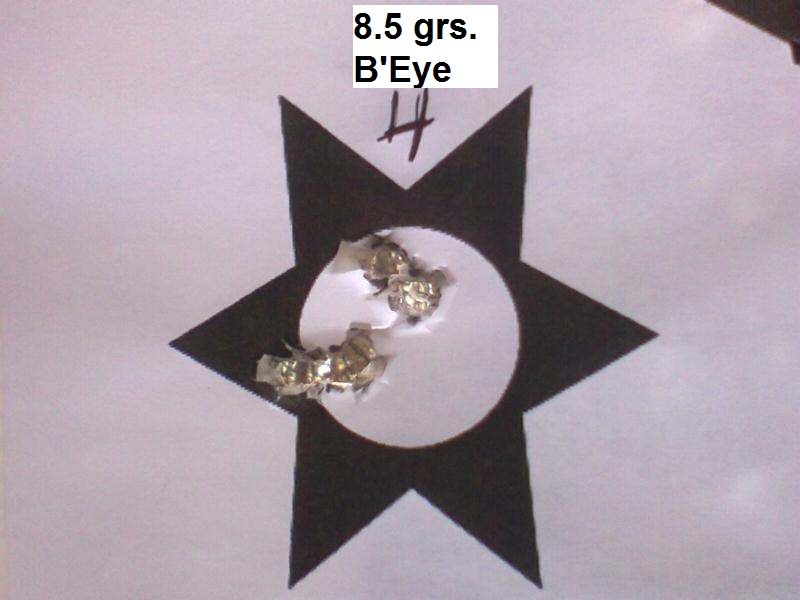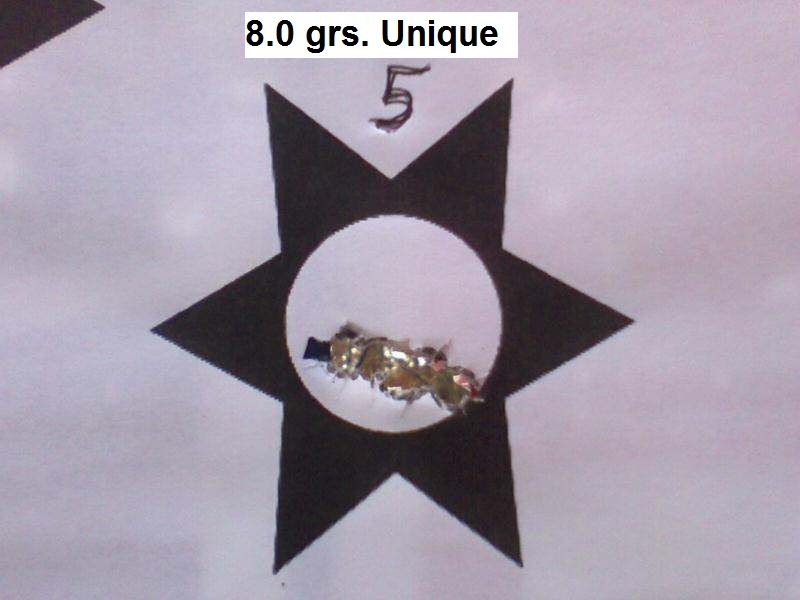There was a discussion several days ago about some variances and issues with a particular caliber and boolit and load combination. During the discussion, the OP was asked about some specifics and didn't have them and was trying to "recall" some of the specifics. Another member here offered that note keeping and data management was pretty important to good reloading.
I agree, and agree heartily. I reckon some folks keep their notes on a computer or smart phone and others hand-written. I keep a handloaders log book in my reloading shop along with a handful of various reference manuals for everything from casting to loading to minor gunsmithing, plus several notebook binders filled with printouts and old xerox copies of data from years, and sometimes decades ago.
This is a typical page in my handloading notebook. Anytime I change ANY load for ANY caliber up, even by just a few tenths of a grain or different brand of primer or a significant change of alloy or projectile, a new entry gets made.
In it, I have the basics of powder type and charge, projectile type and weight and lube (if applicable), case, OAL, and how it shot and any brief thoughts on it. On the page above, you can see that the data is five years old, but the bottom load is one I continue to load today. There are four pages preceding it on just jacketed bullet data and variations that lead to me finding my "sweet spot" load.
When I head to the range to try a new load, I write down the specifics on 3x5 index cards. I also use 3x5 index cards as targets and record the appropriate data on them after I've fired a handful of rounds at them.
This gives me a physical indicator of how the loads performed. Notes are one thing, but when I can look through my index cards and actually SEE how they shot, I feel better.
I'm always making notes when I try something new or slightly different. I keep all notes and file them by caliber in ziploc bags. Again, it makes it easy to find prior results and match them with the notes in my log book.
For many of the long gun rounds load development, I keep actual targets and have them filed away in one of my ammo cabinets.
Over the course of many years, this has saved me lots of time, as well as money, from either duplicating old (bad or lesser) loads or wasting time trying to replicate good loads when I'm able to look them up, pull up the cards or targets to verify, and then go to loading.
Anyone do anything similar?


|
   
   
|


|




 Reply With Quote
Reply With Quote







